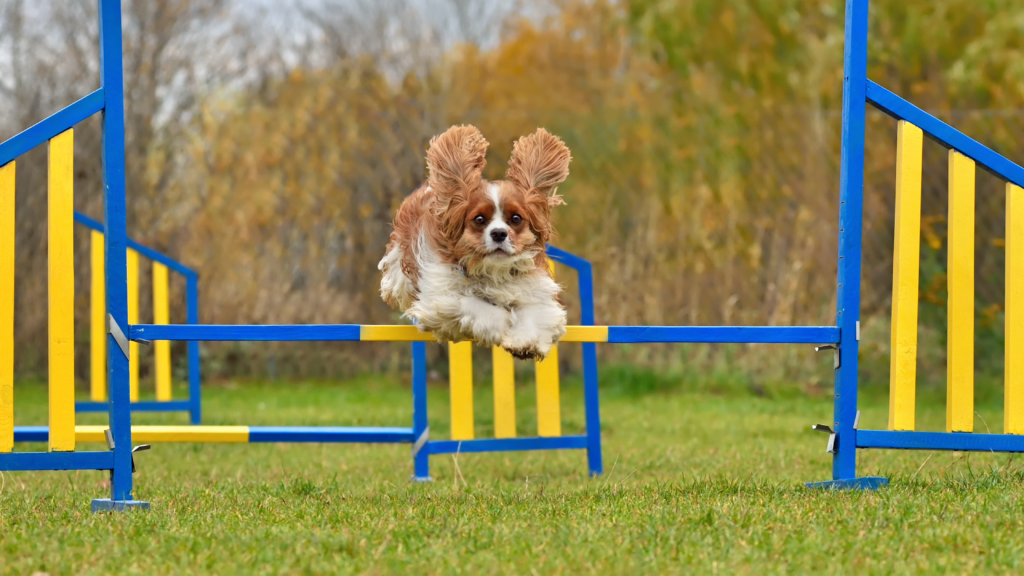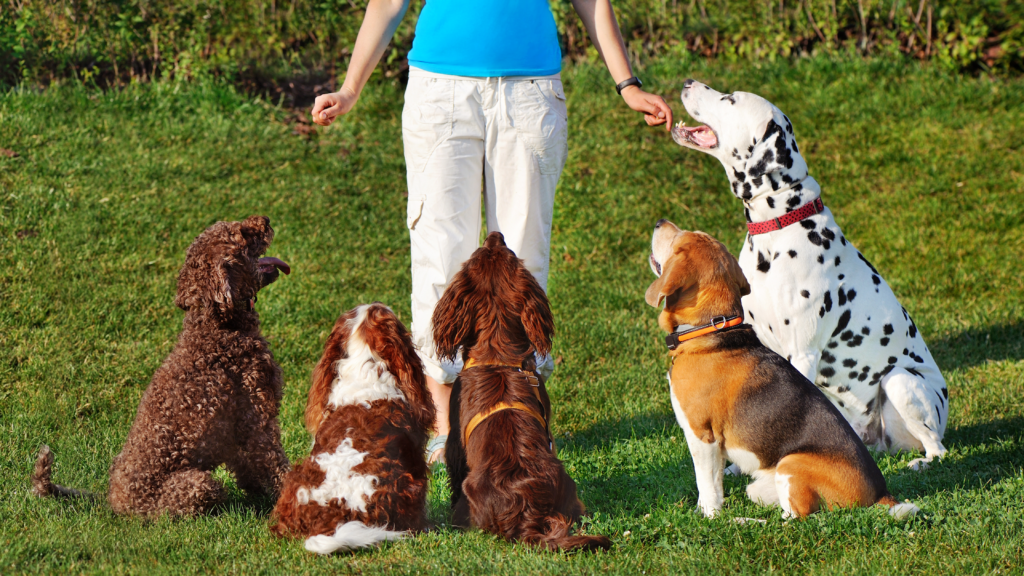Are you a new dog owner or looking to improve your furry friend’s behavior? If so, understanding different dog training methods is crucial for building a strong bond with your canine companion. In this comprehensive guide, we will explore the top 5 dog training methods, ultimately helping you choose the best approach for your four-legged friend.
1. Positive Reinforcement Training
Positive reinforcement is undoubtedly one of the most popular and effective dog training techniques. This method focuses on rewarding desired behaviors, thereby encouraging your dog to repeat them.
Key aspects of positive reinforcement training include:
- Using treats, praise, or toys as rewards
- Emphasizing timing – reward immediately after the desired behavior
- Building a strong, trusting relationship between dog and owner
2. Clicker Training for Dogs
Moving on to another effective method, clicker training is a form of positive reinforcement that uses a small device to make a clicking sound. This sound marks the exact moment your dog performs the desired behavior.
Benefits of clicker training include:
- Providing precise timing for better communication
- Being applicable for complex behaviors and tricks
- Easily transitioning from food rewards to praise or play
3. Relationship-Based Dog Training
Next, let’s explore a modern approach that focuses on building a strong bond between you and your dog. This method emphasizes mutual understanding and respect.
Key principles of relationship-based training are:
- Considering the dog’s emotional state and needs
- Combining positive reinforcement with clear boundaries
- Encouraging problem-solving and engagement
4. Dominance-Based Dog Training
While controversial, some trainers still use dominance-based methods. This approach is based on the idea that dogs need a strong pack leader. However, it’s important to note several considerations:
Important considerations for dominance training include:
- The potential to damage the dog-owner relationship
- The possibility of leading to fear or aggression in some dogs
- A lack of support from modern animal behavior science
5. Scientific Dog Training Methods
Finally, we have approaches based on the latest research in animal behavior and learning theory. These methods often combine elements from other techniques.
Characteristics of scientific dog training include:
- Utilizing evidence-based techniques
- Focusing on understanding dog cognition and emotions
- Being adaptable to individual dogs’ needs and personalities
Choosing the Right Dog Training Method
Now that we’ve explored these methods, it’s time to consider which one might be best for you. When selecting the best dog training technique for your pet, consider the following factors:
- Your dog’s personality and temperament
- Your training goals (basic obedience, behavior modification, or advanced skills)
- Your personal philosophy on dog-human relationships
- The time and resources you can commit to training
FAQs About Dog Training Methods
Q: Is positive reinforcement effective for all dogs?
A: While positive reinforcement is widely effective, some dogs may require a combination of methods for optimal results.
Q: How long does it take to see results with these training methods?
A: Results vary depending on the dog, consistency of training, and the specific behavior being addressed. Some behaviors can improve in days, while others may take weeks or months.
Q: Can I combine different dog training techniques?
A: Yes! Many trainers use a combination of methods tailored to each dog’s needs and specific training goals.
Conclusion
In conclusion, understanding various dog training methods is essential for choosing the right approach for your furry friend. Whether you opt for positive reinforcement, clicker training, or a relationship-based approach, consistency and patience are key to successful dog obedience training. Remember, every dog is unique; therefore, don’t hesitate to consult with a professional trainer for personalized advice on effective dog training techniques.



